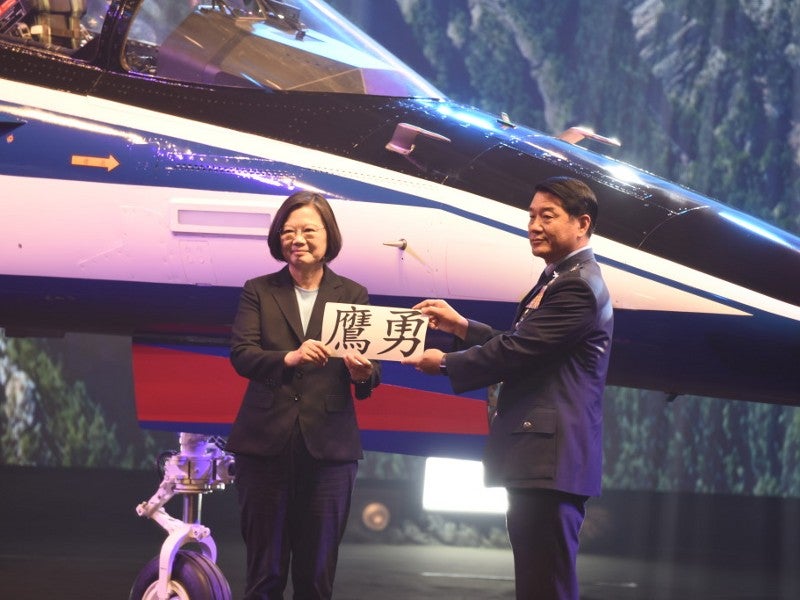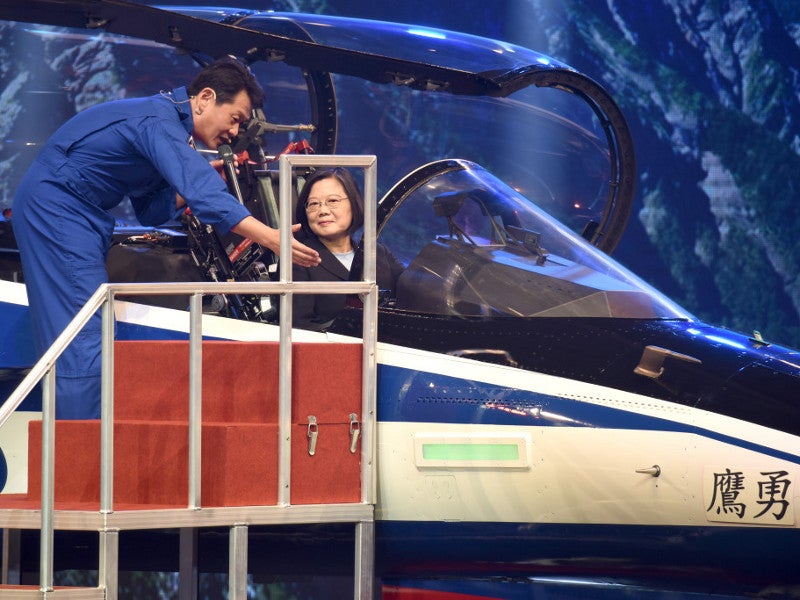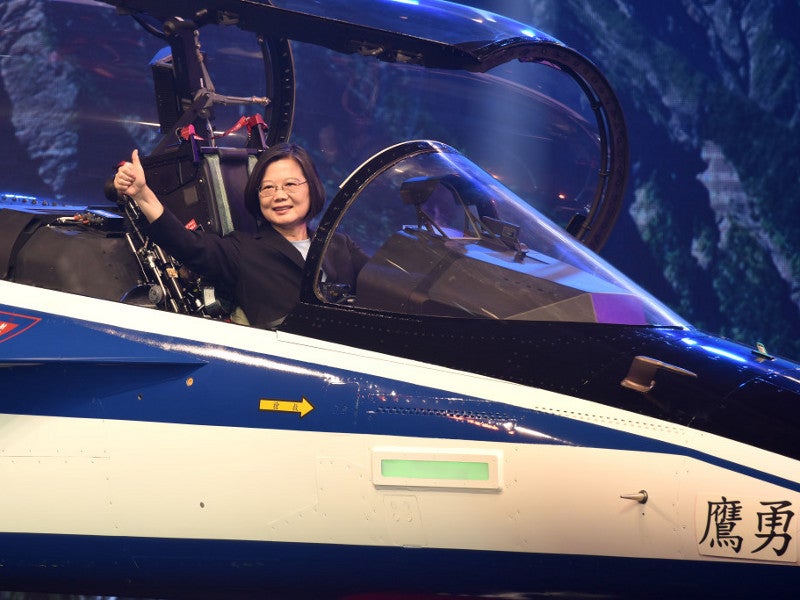T-5 Yung Yin (Brave Eagle) is an advanced supersonic jet trainer being developed by Taiwan Aerospace Industrial Development Corp (AIDC) for the Republic of China Air Force (ROCAF).
The new jet trainer is intended to replace the ageing fleet of AT-3 Tzu Chung and F-5E/F trainer aircraft in service with the Taiwan Air Force. It will be used to provide advanced flight training and lead-in fighter training for the RoCAF pilots. It is also capable of conducting air-to-ground attack missions.
The integrated flight training system of the trainer aircraft will allow trainee pilots to develop effective combat skills and acquire basic flight skills in a short time.
T-5 Yung Yin development
ROCAF signed an agreement with the National Chung Shan Institute of Science and Technology (NCSIST) for the development of the T-5 aircraft, in February 2017. NCSIST and AIDC signed the T-5 procurement agreement for the T-5 project in April 2017.
The T-5 Yung Yin jet trainer assembly began in June 2018, while its roll out ceremony took place in September 2019. The aircraft performed its maiden flight in June 2020 and was accompanied by a pair of F-CK-1 Ching-Kuo multi-role fighter aircraft during the flight.
ROCAF ordered a total of 66 units of T-5 Yung Yin aircraft and production is expected to start in 2021, with mass production beginning in 2023.
T-5 jet trainer design and features
T-5 jet trainer aircraft’s design is based on the AIDC F-CK-1 Ching-Kuo indigenous defensive fighter (IDF) multi-role combat aircraft, which measures 14.21m long, 9.46m wide, and 4.42m high. The empty and maximum take-off weights of the F-CK-1 aircraft are 6,500kg and 12,200kg, respectively.
The structure and flight characteristics of F-CK-1 were improved to enhance the flight performance of the new advanced trainer jet. Composite materials were used in the design of the T-5 aircraft to reduce the overall weight and improve its strength.
The aerodynamic shape of the aircraft is optimised to generate lower drag and high angle of attack, while improving the flight performance.
The wing cross-section was altered to lower the velocity of approach and increase the stability of the aircraft at low speeds.
T-5 jet trainer’s rear fuselage was redesigned and the aerofoil was modified to reduce the aircraft’s landing speed. The parting line was raised to increase the trainer’s fuel capacity, resulting in increased flight duration and range.
The main landing gear of the jet trainer was changed to strengthen ground taxiing stability.
Cockpit and avionics
T-5 Yung Yin advanced jet trainer comes with a modern, two-seat glass cockpit featuring digital flight instrument displays and multi-function displays.
It integrates advanced avionics and digital flight control system produced either by Taiwanese companies or under co-production with foreign partners.
The aircraft is outfitted with new active electronically scanned array (AESA) radar, which provides superior target detection, tracking, and self-protection capabilities, while reducing antenna radar signature.
T-5 Yung Yin armament
The new jet trainer can be mounted with a gun pod to support attack missions. It can also be armed with bombs and guns.
Engine and performance of T-5 trainer
T-5 Yung Yin jet trainer is powered by two F124-200TW turbofan engines, which are jointly produced by AIDC and International Turbine Engine Corporation (ITEC). The engines are mounted below the fuselage.
The F124-200TW engine is a non-afterburning derivative of Honeywell/ITEC F124 low-bypass turbofan engine and develops a maximum thrust of 2,834.8kg.
The aircraft also carries more fuel compared to its base variant F-CK-1 Ching-Kuo combat aircraft.
The base variant has a maximum speed of 1,199kt and offers a range of 594nm.
Contractors
Meggitt was selected to develop the main wheels, aircraft wheels, brake control systems, carbon brakes as well as brake-by-wire systems for the T-5 advanced jet trainer.
AIDC awarded a contract to Martin-Baker for providing ejection seat systems for pilot and co-pilot seats.
Eaton was preferred to supply the ram air scoop for the advanced jet trainer. The company also agreed to deliver the aluminium housing and valve for the ram air valve assembly using additive manufacturing technology.
The ground-based training system (GBTS) for the jet trainer was developed by the NCSIST.






